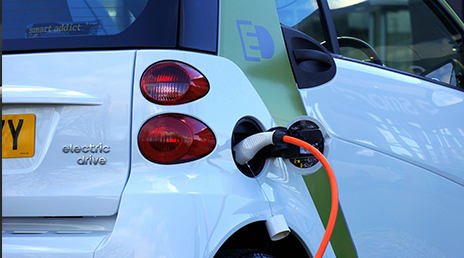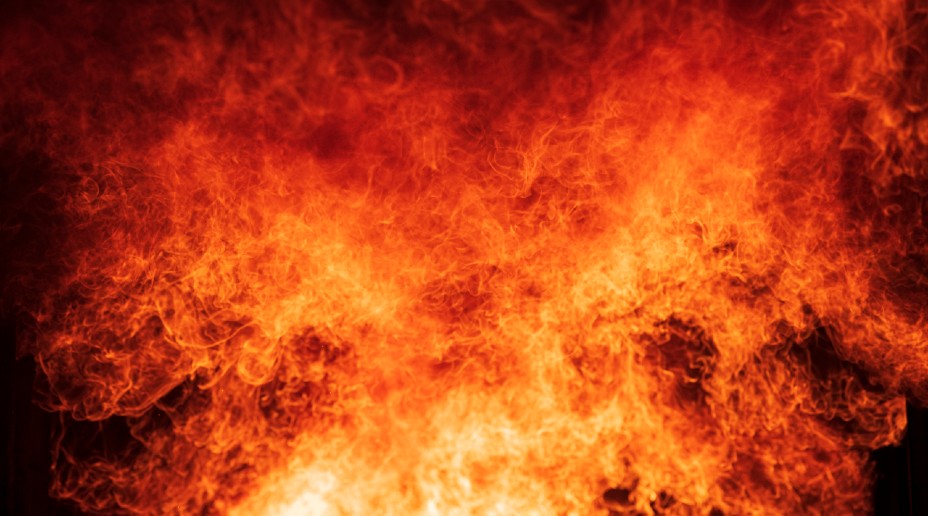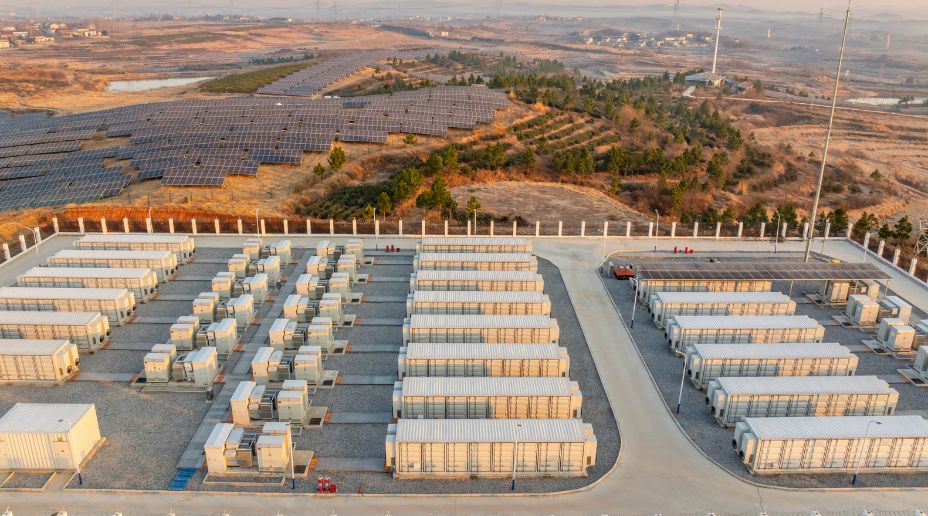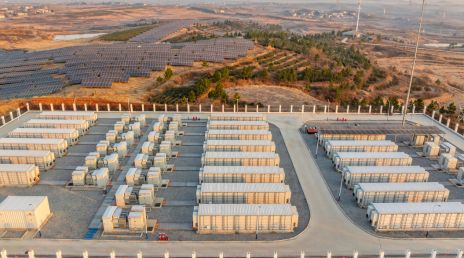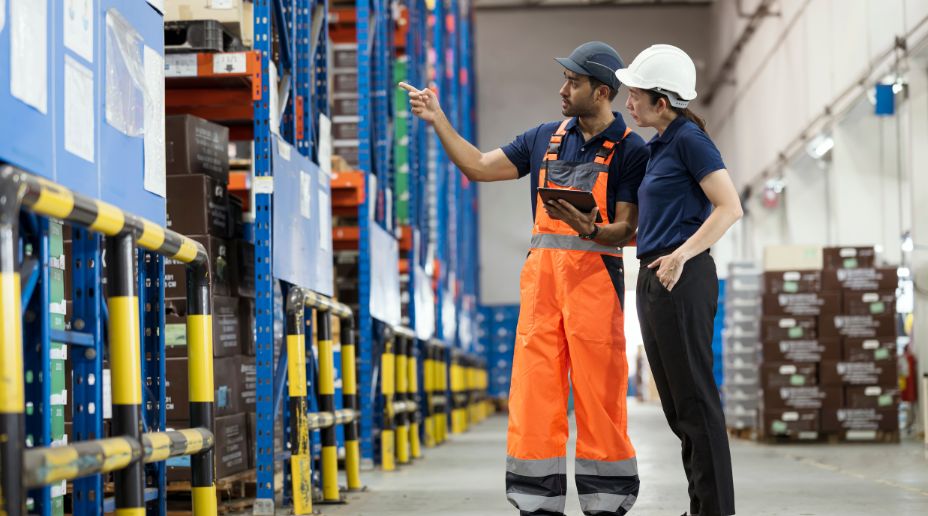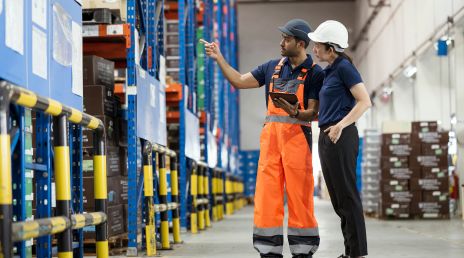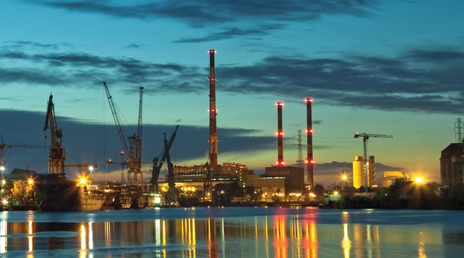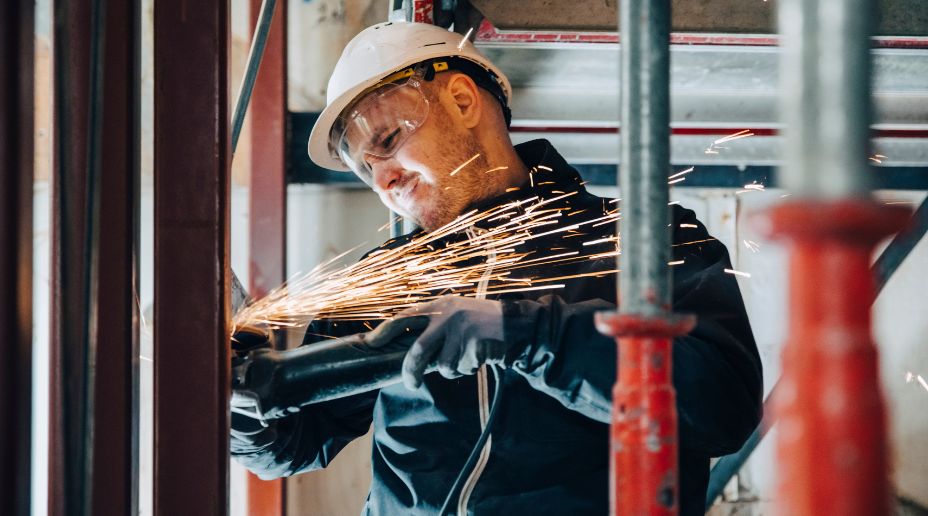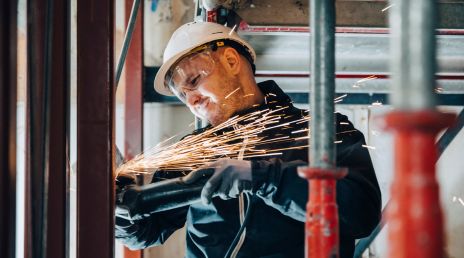
Some employers may mistakenly believe that simply by maintaining their equipment, they are satisfying their legal and moral duties. In fact, it’s crucial both to maintain and inspect plant regularly and there’s an important distinction to make between the two terms.
The inspection of an item of plant or machinery is an activity carried out to identify any faults and defects before they present an unacceptable risk. It does not replace maintenance, which rather relates to necessary fixes and repairs which must be undertaken to bring a piece of machinery or kit back into full working order. As businesses come under everincreasing pressure to evaluate the value of their spend, it might be tempting to look to cut costs in the area of inspection and maintenance. This is not only a false economy, but also a risky strategy, with potentially devastating consequences.
Why is it needed?
Firstly, there’s the risk of injury which can be sustained when using a defective piece of equipment. Examples include entrapment, such as fingers being caught in moving parts of machinery; and explosion, where workers are hit by fragments of the failed item. According to the Health and Safety Executive (HSE), there were 555,000 self-reported non-fatal injuries in the workplace in 2017/18. Employers have a legal and moral duty of care towards their employees and members of the public, to protect their health, safety and welfare; ensuring that plant and machinery are safe to use forms part of this obligation.
Then there’s the risk of business interruption. Many companies rely on their equipment and machinery for keeping things running smoothly. If an engineer judges it to be unsafe, and informs the owner that it should not be used until all identified defects have been resolved, this could have serious repercussions for trade. For example, a car workshop with a defective car lifting platform might not be able to book vehicles in for repair; or a factory may have to pause or reduce production where workers are left unable to use an injection moulding machine. Wherever the integrity of a piece of kit is deemed below standard and considered unsafe to operate, it could result in business interruption. This can also have financial repercussions, such as loss of revenue and additional costs to bring equipment back into working order. Further, there may be reputational damage, especially where a health and safety breach makes the headlines.
Not least, there are potentially hefty fines for employers found to be negligent of carrying out appropriate inspection and maintenance activity. There may also be associated legal costs where a case is brought against a company or individual. In 2016, the Sentencing Council issued new sentencing guidelines for health and safety, corporate manslaughter and food safety and hygiene offences. These include establishing levels of culpability and harm in conjunction with the financial means or turnover of the defendant.
The current fine ranges for prosecutions under the Health and Safety at Work etc. Act 1974 are:
Source: 'Health and Safety Offences, Corporate Manslaughter and Food Safety and Hygiene Offences: Definitive Guideline' (Effective from February 2016) [PDF], SentencingCouncil.org.uk
Swipe to view more
|
Turnover:
|
Minimum fine
|
Maximum fine
|
|---|---|---|
| £2m or less | £50 | £450,000 |
| £2m - £10m | £100 | £1.6 million |
| £10m - £50m | £1,000 | £4 million |
| £50m and over | £3,000 | £10 million |
Case study:
A tyre factory in Carlisle was fined £512,000 when two workers were pulled into the same machinery and sustained arm injuries, on two separate occasions. The HSE deemed that the company had failed to ensure the machine was properly guarded and that insufficient inspection and review of the equipment had taken place following the first incident.
Source: BBC News, September 2018
What equipment needs to be inspected?

Whilst many of us use some items of equipment frequently, such as escalators and lifts, we are probably unaware that they are subject to stringent health and safety laws. Lifts must comply with a piece of legislation called the ‘Lifting Operations and Lifting Equipment Regulations 1998’ (LOLER), meaning, amongst other things, they have to undergo a periodic thorough inspection. Escalators and moving walks don’t fall under the requirements of LOLER; however they are also subject to regular, comprehensive inspections to ensure they are safe for continued use.
Named amongst the most dangerous pieces of apparatus used in industry are power presses. Falling under the Provision and Use of Work Equipment Regulations 1998 (or ‘PUWER’), most power presses require a full inspection every six months. The constant demand placed on the guarding mechanism means that this part needs particular scrutiny, as accidents with power presses have occasionally resulted in amputation, due to entrapment with the moving parts of the equipment.
It’s vital that any inspection is carried out by a ‘competent person’; someone who has the necessary training, skills and experience to assess the equipment or machinery in question. They are able to recognise the implications of any defects identified and will know the actions to take. If a severe defect is identified, it could involve immediate removal of the relevant equipment from use. More information can be found on the Health and Safety Executive website.
In 2017, 84% of convictions in HSE prosecutions resulted in a financial penalty and 4% of individual convictions resulted in an immediate custodial sentence.
Source: 'Sentencing in Health & Safety: Headlines and high fines' (2017) [PDF], Clyde & Co (ClydeCo.com)
How do engineer surveyors inspect plant and equipment?
Engineer surveyors employ a variety of techniques when they inspect equipment.
Some items, such as cracks and breaks may be identified via a visual inspection to ensure they remain fit for purpose; however other defects may necessitate the use of more detailed inspection techniques to identify them. Engineer surveyors record any defects they find and categorise these according to severity.
Some less serious defects may require a minimal level of attention, but the equipment could remain safe to use for a certain period of time. Other types of defect require immediate rectification and result in the equipment being taken out of action until it has been fixed and deemed suitable for use again. Where a defect could pose, or already poses a danger to people, the owner must be made aware immediately. Additionally, legislation such as the Pressure Systems Safety Regulations 2000 (PSSR) and LOLER requires the enforcing authorities to be notified of a serious defect and presented with a copy of the inspection report. The relevant authority may then follow up on the report to ensure that the situation is satisfactorily resolved.
What action can employers take?
Aside from ensuring that all plant and equipment is inspected regularly and in line with regulation, employers can also take out insurance cover, such as machinery breakdown or machinery business interruption insurance. This can help cover the cost of repair or replacement of machinery in the event that it suffers a breakdown, or is otherwise damaged or lost.
Employers should also ensure robust risk management procedures are in place. These include the wearing of appropriate protective clothing, such as safety glasses, hearing protection and safety shoes; having emergency stop controls where necessary; and using fixed guards. Additionally, all employees should receive the necessary information, training and supervision to perform their job safely.


